FC forklifts offer potentials to warehouses
Since mid-May 2023, a factory fleet of 21 fuel cell-powered forklifts have been doing their jobs at Linde Material Handling (MH) in Aschaffenburg, Germany. Around 2.8 million euros went into the design and construction of an innovative on-site H2 infrastructure. The hydrogen production plant stood on 280 m2 (3010 ft2) of the manufacturing and assembly facility after a construction period of only eleven months. The decentralized hydrogen infrastructure on the factory grounds are to serve as a showcase for these technologies to interested customers, as the transport sector urgently needs to curb its CO2 emissions.
“We’re showing how the use of regenerative energy sources can be done in actual practice,” says Stefan Prokosch, manager at Linde Material Handling. In addition to the climate neutrality – if green H2 is used – the rapid refueling of the industrial trucks during intensive multi-shift operations is a major advantage of hydrogen. “A three-minute refueling time corresponds to a comparable charging power of about 480 kW,” states Prokosch with satisfaction.
The investment of millions is being provided by the German transport ministry and managed by Projektträger Jülich. The aim is to gain experience and build up expert knowledge. This way, customers in the future will be able to receive comprehensive advice for the use of hydrogen in material flow processes. Kurt-Christoph von Knobelsdorff, managing director of NOW, the German administrative agency for hydrogen and fuel cell technology, designated the project in Aschaffenburg a Leuchtturmprojekt (lighthouse project) for the further ramp-up of hydrogen and fuel cell technology. Project planning and construction of the facility took a good three years in total.
Where lie the challenges?
Hydrogen-powered industrial trucks offer a way to create synergy effects with the use of H2 in both the transport of goods and in industrial production, which would improve the overall economic efficiency. Intralogistics could be a good place to start. And so the BMW factory in Leipzig has employed FC forklifts for years already and since September 2022 has also been using a fuel-flexible hydrogen burner in painting operations (see box).
One of the greatest challenges lies directly in the infrastructure: Hydrogen is not yet everywhere available. And only green H2 gas contributes to achieving the climate targets. Scaling effects are critical for reducing the cost of H2 production. Efficiency must be further improved both in the generation and the conversion back to electricity. Linde MH and parent company KION Group have already invested several million euros in the development and production of fuel cell systems as well as the building of hydrogen infrastructure, including refueling sites.
After having launched their own first 24-volt system for warehouse equipment onto the market, the development of a 48-volt fuel cell system is next on the agenda. A decision to fund this by the German transport ministry has already been made. As a manufacturer of their own fuel cell systems and lithium-ion batteries, they have for example the opportunity to create their own concepts for fuel cell systems that allow greater flexibility in the vehicle construction.
PEM electrolyzer generates 50 kg H2 daily
The sections of the new H2 production plant in Aschaffenburg are a collection of connected modules. The core is a PEM electrolyzer set to produce 50 kilograms of H2 per day. Here, with the help of green electricity, purified and deionized drinking water is decomposed into oxygen and hydrogen. In another container, the hydrogen is compressed to 450 bar in stages. Then, via pipes and valves, the green gas makes its way to high-pressure storage tanks. A control valve system regulates the feeding of the gas through the lines to the fuel dispenser. Employees connect the vehicles here, and within a short time the refueling process is complete. The high-pressure storage is designed so that, at 450 bar, it can store 120 kg H2, and therefore can cover the refueling peaks at shift changeovers.
There are now altogether 21 counterbalance forklifts with FC hybrid systems employed at Linde. Among these, twelve are of the model E50 with a 5-tonne carrying capacity, and nine are E35 with 3.5-tonne carrying capacity. They all replace models with internal combustion engines. As part of the factory fleet, they are responsible for among other things the loading and unloading of trucks and supplying assembly lines with large and heavy components such as counterweights, pre-assembled frames or driver cabs. In the FC system, the hydrogen and oxygen from the ambient air react. The electrical energy generated from this charges a lithium-ion battery that powers the forklift truck. An automated energy management system maps and directs the energy demand across the entire site, avoids load peaks and serves to optimize costs.
Where is the FC system employed?
The FC system HyPower 24V with 7 kW output is tailored to the company’s own MH trucks and was specially developed for use within their material flow processes. Because of the coordination with the lithium-ion batteries of the hybrid system, there is less demand on the FC stacks, which extends their service life. The noise level has been optimized as well. The system is networked and so can exchange data about the condition and usage via the cloud.
Linde MH has been using a prototype FC drive for already more than two decades. Since 2010, the FC forklifts have been in series production. Already today, 80 percent of the counterbalance trucks, tuggers and walkie pallet stackers can be ordered with H2 drives. In studies and projects, Linde MH has shown under which conditions the vehicles with FC drive are already economical today: namely, if a hydrogen infrastructure is already available on site or if high-purity hydrogen is produced as a waste product during an operational process. “Starting from twenty devices in multi-shift operation with high annual operating hours can a switchover currently already be economically worthwhile,” says Sebastian Stoll. He works as program manager of NIP (Nationales Innovationsprogramm Wasserstoff- und Brennstoffzellentechnologie), the innovation support program of NOW.
50,000 FC forklifts in use in the USA
The market for FC MH trucks in the EU holds great potential. Annually in the counterbalance forklift segment of the Europe market, around 70,000 devices with combustion engines (German class 4/5) are sold that could be replaced with electric drives. In addition, 60,000 to 80,000 class 1 material handling trucks with lead-acid batteries are replaced by new equipment annually. Both together represent the theoretical potential for this segment, reports Stoll. “The lead market for FC industrial trucks is currently quite clearly the USA, where over 50,000 FC MH trucks were in use mid-2022 – with a strong upward trend.”
In order to be able to make statements about future market potentials in the EU, it is necessary to recognize the megatrends and drivers in warehouse intralogistics, expressed Stoll. The growing share of online trade – with ever shorter processing times, digitalization and outsourcing – brings with it more cost pressure and competition. On the other hand, this industry must also be decarbonized. Other air pollutants and noise emissions must likewise be reduced.
The growing interest is being met by FC forklift manufacturers. For example, the US market leader Plug Power has established a European technical center in the port of Duisburg. German fuel cells for intralogistics are offered by Globe Fuel Cell Systems, FES Fahrzeug Entwicklung Sachsen and, of course, Linde MH. The three companies are also members of Clean Intralogistics Net (CIN). This network supported by the German transport ministry is a banding of twelve companies along the entire value chain to promote the breakthrough of hydrogen and fuel cell technology in intralogistics.
BMW uses fuel-flexible H2 burner in factory in Leipzig
The BMW Group factory in Leipzig is piloting the, according to its own statement, first automobile production with this innovative burner technology. The H2 burner used in paint drying can burn hydrogen, methane or a mixture of the two. Use of the dual-fuel burner is now in an initial pilot run. Currently, the Leipzig factory has over 130 FC material handling trucks in its fleet. Five H2 fueling stations stand on the factory grounds. The newest of these even allows for fully automated tanking.
In transport beyond the factory gates as well, the BMW Group together with partners is testing the use of hydrogen, with the goal of decarbonization, and is engaged in two research projects. H2Haul involves the development and pilot deployment of 16 FC cargo trucks in Belgium, Germany, France and Switzerland. With the project HyCET, BMW is leading a consortium to advance the development of H2 trucks with combustion engines.
Author: Niels Hendrik Petersen






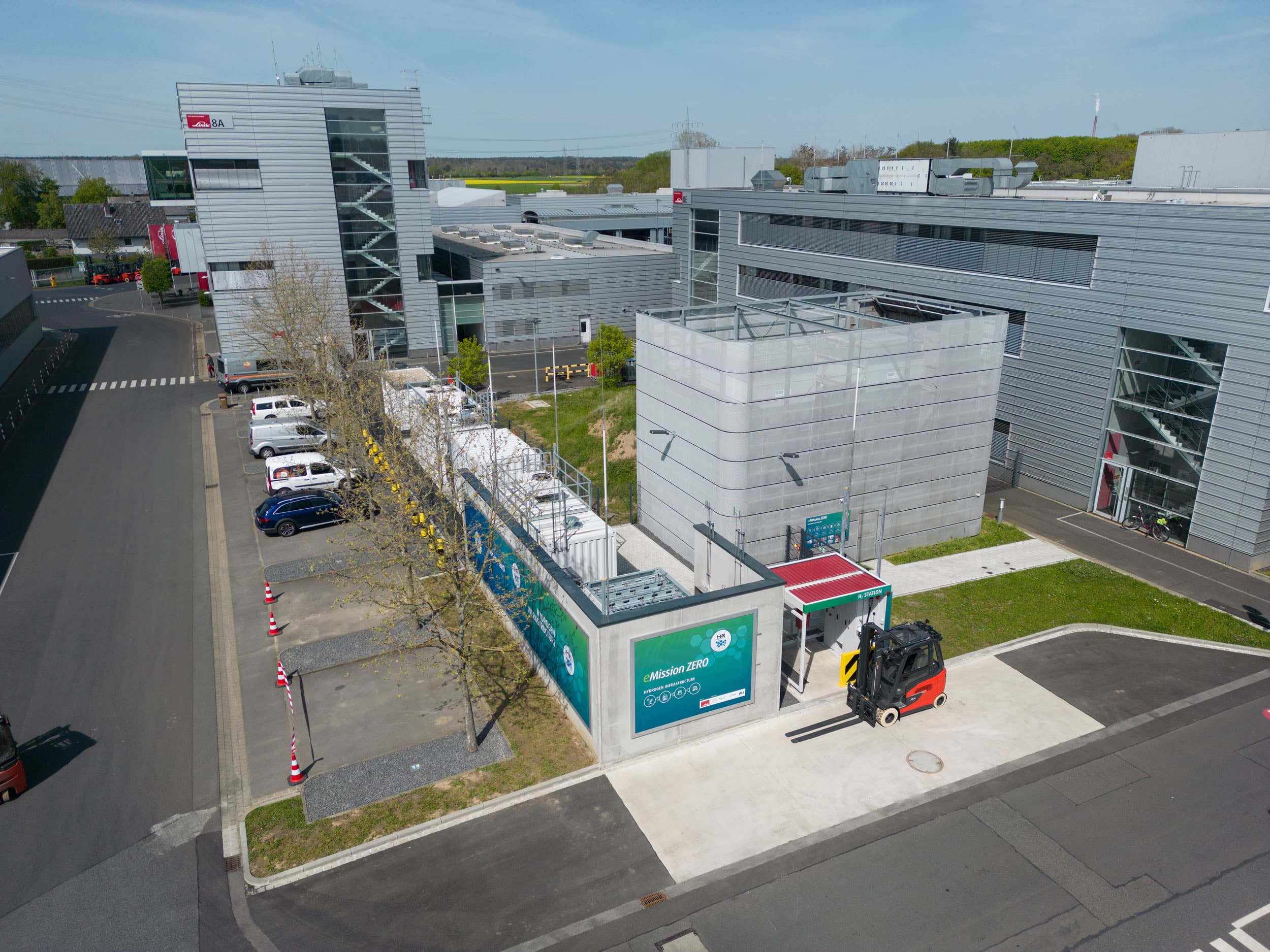
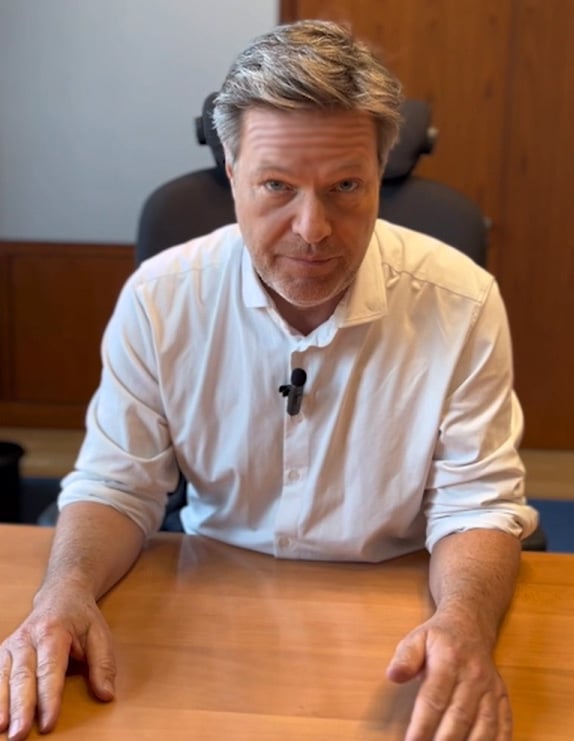
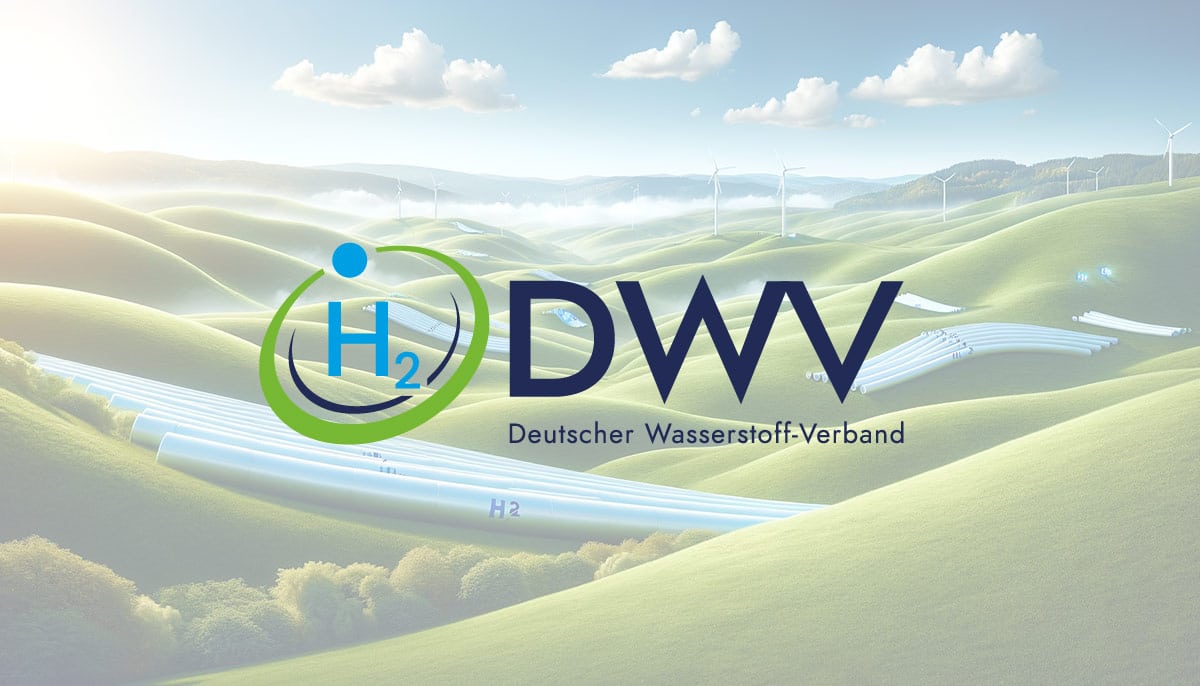

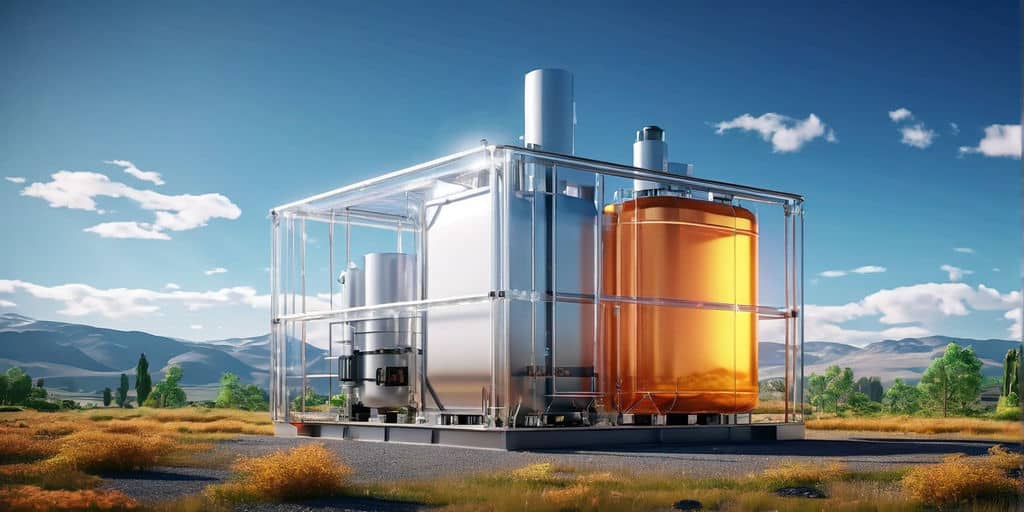
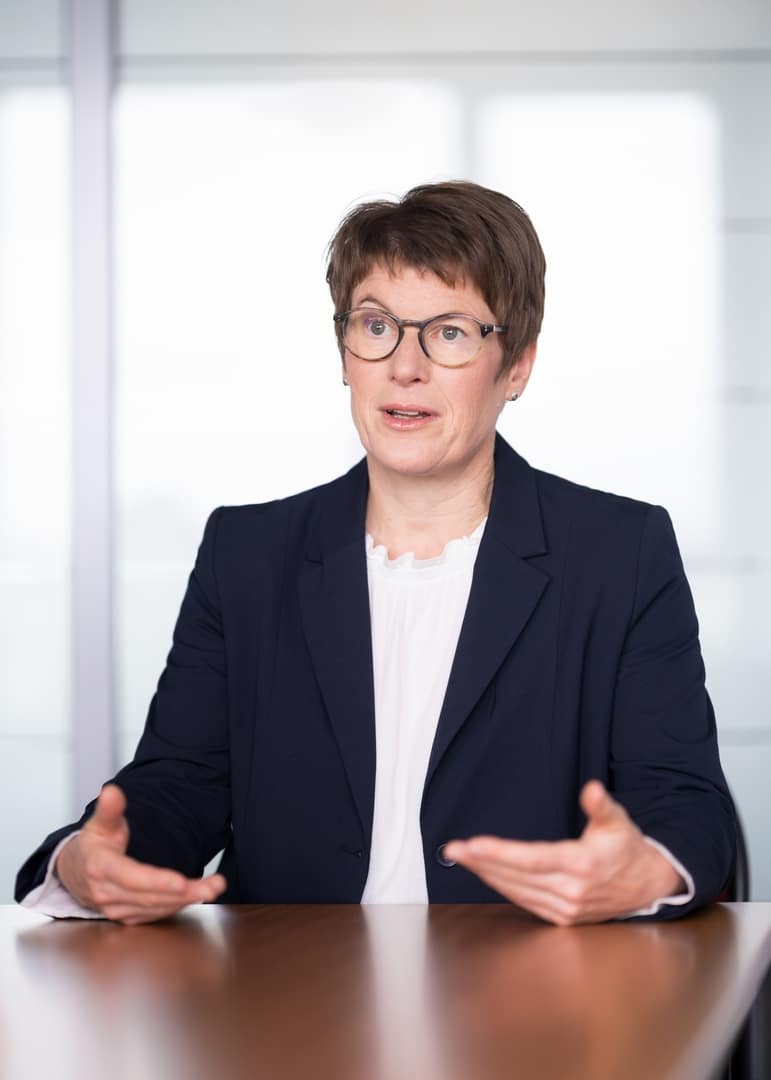







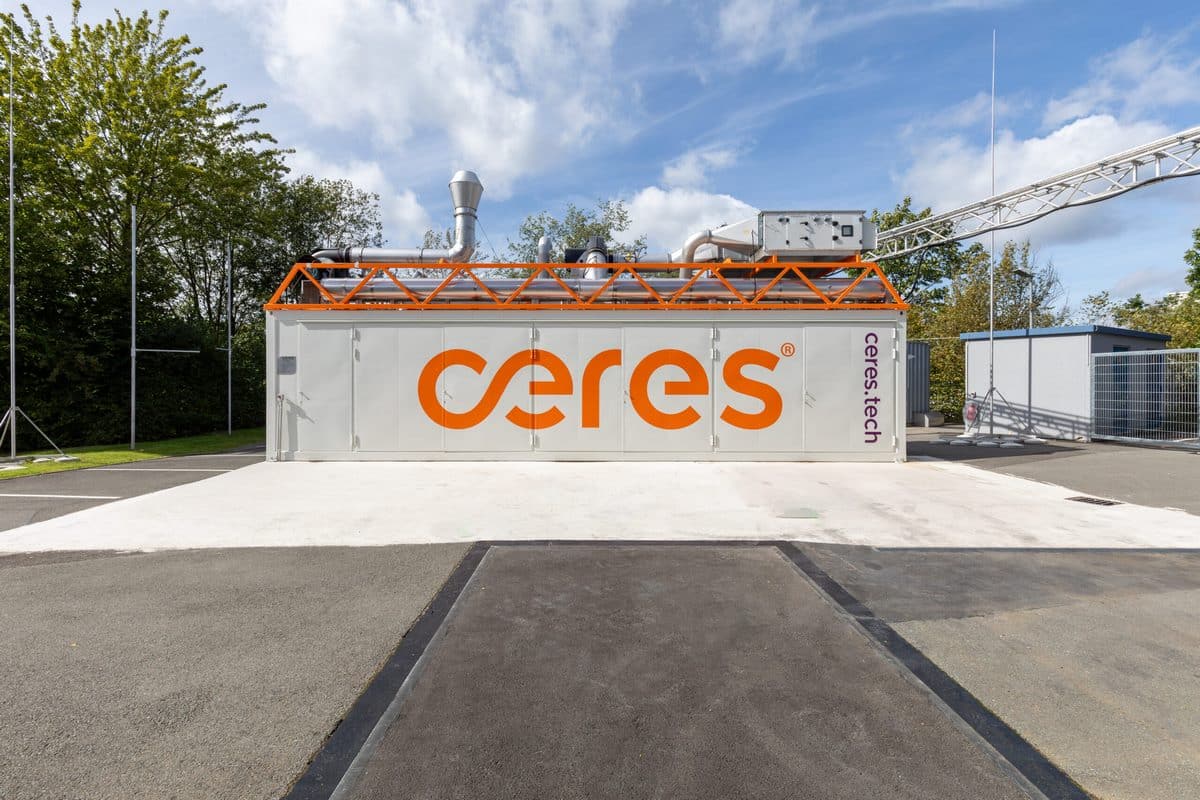







0 Comments
Trackbacks/Pingbacks